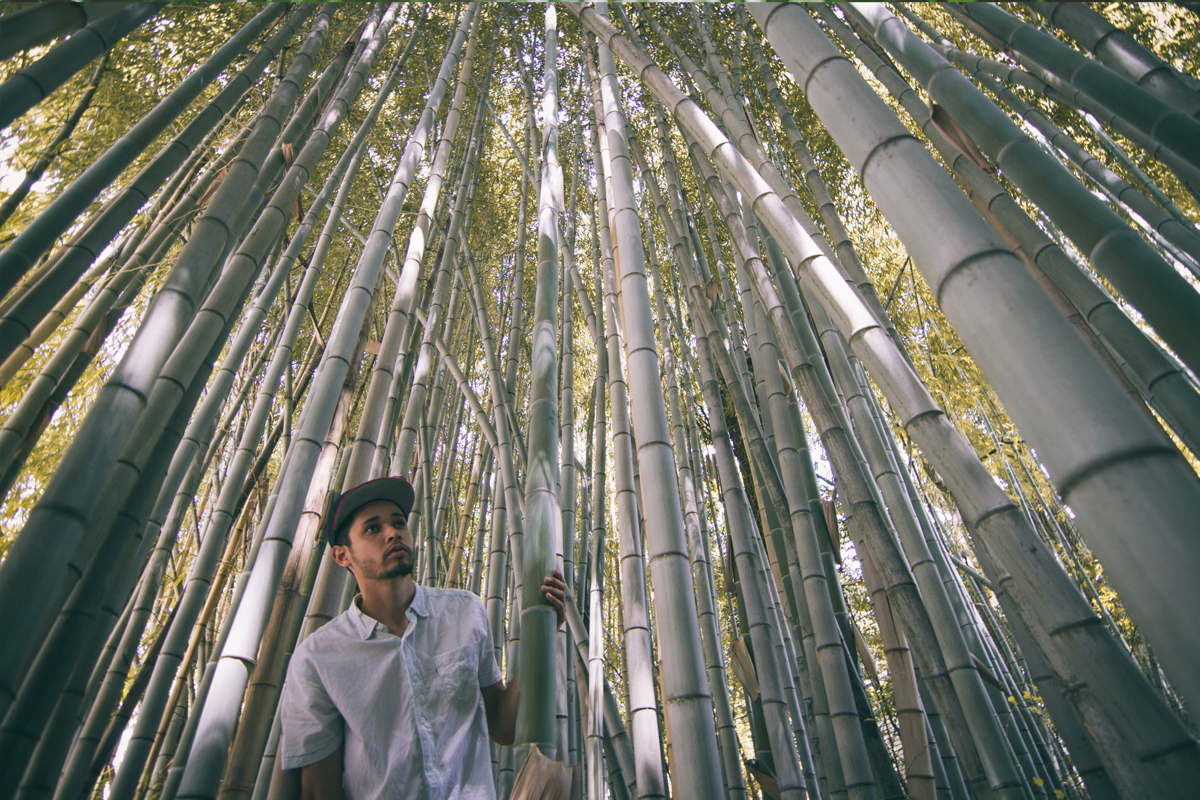What's All the Fuss?
Why is bamboo so popular?
Beyond the fact that bamboo is a strong versatile material, it is becoming more and more popular because of the positive impact bamboo has on the environment and because bamboo is easy and inexpensive to grow.
Bamboo is inexpensive
Because bamboo grows easily in a wide variety of environments, it tends to be comparatively inexpensive. It doesn’t require a lot of resources, chemicals or fertilizers to grow.
Bamboo is naturally resistant to insects and fungus, so it does not need to be treated with anything. Essentially bamboo farmers just need to give it land and let it grow. In fact, bamboo grows so easily that one of the main concerns of bamboo farmers is that the bamboo doesn’t spread too far.
After the first 3 to 4 years, the roots of the bamboo become established and the bamboo doesn’t even need to be watered as much as in the beginning.
This means that organic sources of bamboo are easy to find, and that bamboo is relatively inexpensive. It doesn’t take a lot of resources to grow and doesn’t pollute the land with pesticide runoffs.


Sustainability
Bamboo is a very sustainable resource. After 5 to 7 years a bamboo plant reaches its full maturity, and the culms (or canes) can be harvested, which allows the small culms that pop up around it to grow more rapidly.
Every year a bamboo farmer can harvest 25% or more of his or her crop without having to replant at all. This is the definition of sustainable. Plant once and harvest for decades.
Compare this to trees. Trees are also a renewable resource, but our current harvesting practices are not focused on sustainability. A pine tree takes about 30 years before it is ready for harvesting, while an oak tree can take up to 80 years. When a tree is cut down, a new tree must be planted to replace it.
Carbon footprint
Most products made from bamboo have a negative carbon footprint. A negative carbon footprint is a good thing. This means that the bamboo plant captures more carbon than the amount of carbon it takes to make the product.
This is because bamboo captures a lot of CO2. In fact, one hectare of bamboo captures 1,000 tons of CO2. That same hectare of bamboo produces 20 cubic meters or 66 cubic feet of building material.
It only takes about 500 tons of CO2 to produce those 20 cubic meters of building material including production and transportation costs.
For countries and companies pledging to reduce their carbon footprint, the use of bamboo to create high-quality products is essential.


Restoring Forests
An estimated 18 million acres of land are lost to deforestation every year. Deforestation refers to the permanent destruction of the forest, and it is a huge problem in the modern world.
Deforestation is one of the leading causes of global warming and it causes land erosion, and it can lead to a decrease in water quality in certain areas. Not to mention, deforestation destroys the home of thousands of animals.
Although bamboo is not a tree, it is being considered as an ideal method for restoring the areas impacted by deforestation or land degradation both because it is capable of growing on decimated land and because of the environmental benefits it offers.
or degraded by other human activity is suitable for restoration. These lands can be rapidly restored by the use of bamboo, and these areas would have a new renewable, natural resource to export.
